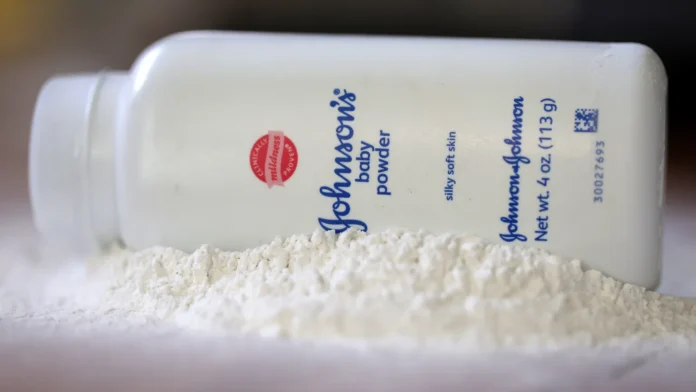Johnson & Johnson to Pay $260 Million in Oregon Talc Trial Verdict
A jury in Oregon’s 4th Judicial District Circuit Court has ordered Johnson & Johnson (J&J) to pay $260 million to an Oregon woman who claimed she developed mesothelioma, a fatal cancer linked to asbestos exposure, from the company’s talc powder. This verdict, delivered on Monday, includes $60 million in compensatory damages and $200 million in punitive damages, covering both the plaintiff, Kyung Lee, and her husband.
Details of the Case
Kyung Lee, diagnosed with mesothelioma last year at the age of 48, argued that she had inhaled asbestos-contaminated talc powder for over 30 years. Her exposure began in infancy when her mother used the powder on her and continued into adulthood when she used it as a deodorant. Mesothelioma is a deadly cancer known to be caused by asbestos exposure.
J&J’s Response and Appeal Plans
Erik Haas, J&J’s worldwide vice president of litigation, responded to the verdict by stating it contradicts decades of independent scientific studies asserting that the company’s talc is safe, free of asbestos, and non-carcinogenic. Haas expressed J&J’s intent to appeal the decision, confident that the verdict would ultimately be overturned.
During the trial, a J&J lawyer suggested that Lee’s illness could be attributed to asbestos exposure from a nearby factory during her childhood rather than the company’s talc products.
Ongoing Litigation and Settlement Efforts
This verdict comes amidst J&J’s efforts to resolve a vast number of talc-related lawsuits through a proposed $6.48 billion bankruptcy settlement. The company faces lawsuits from more than 61,000 plaintiffs, predominantly women with ovarian cancer, although a smaller portion involves mesothelioma cases. J&J has already settled many of the mesothelioma lawsuits.
To finalize the bankruptcy settlement, J&J requires approval from 75% of the remaining plaintiffs. The settlement aims to conclude all ongoing litigation, preventing future lawsuits and disallowing plaintiffs from opting out of the agreement. However, previous attempts by J&J to settle these cases in bankruptcy were rejected by the courts. Despite these setbacks, J&J remains optimistic that the current effort will succeed with sufficient plaintiff support.
Opposition and Class Action Lawsuit
On May 22, a group of plaintiffs opposing the settlement filed a class action lawsuit, describing the bankruptcy settlement proposal as a “fraudulent” misuse of the bankruptcy system. This opposition adds another layer of complexity to J&J’s attempts to settle the claims.
Mixed Results in Previous Trials
The outcomes of talc trials have been mixed. Notable plaintiff victories include a $2.1 billion judgment awarded in 2021 to 22 women with ovarian cancer. In recent months, J&J has experienced varied results: they won an ovarian cancer case in April but faced a $45 million verdict in another mesothelioma case.
Conclusion
The $260 million verdict against J&J in Oregon underscores the ongoing legal battles the company faces over its talc products. As J&J continues to pursue a comprehensive settlement through bankruptcy, the contrasting trial outcomes and opposition from some plaintiffs highlight the contentious nature of these proceedings. The resolution of these cases will significantly impact J&J and the numerous plaintiffs seeking justice for their health conditions linked to talc powder.
Read: Johnson & Johnson $14bn Settlement
Source: Reuters
